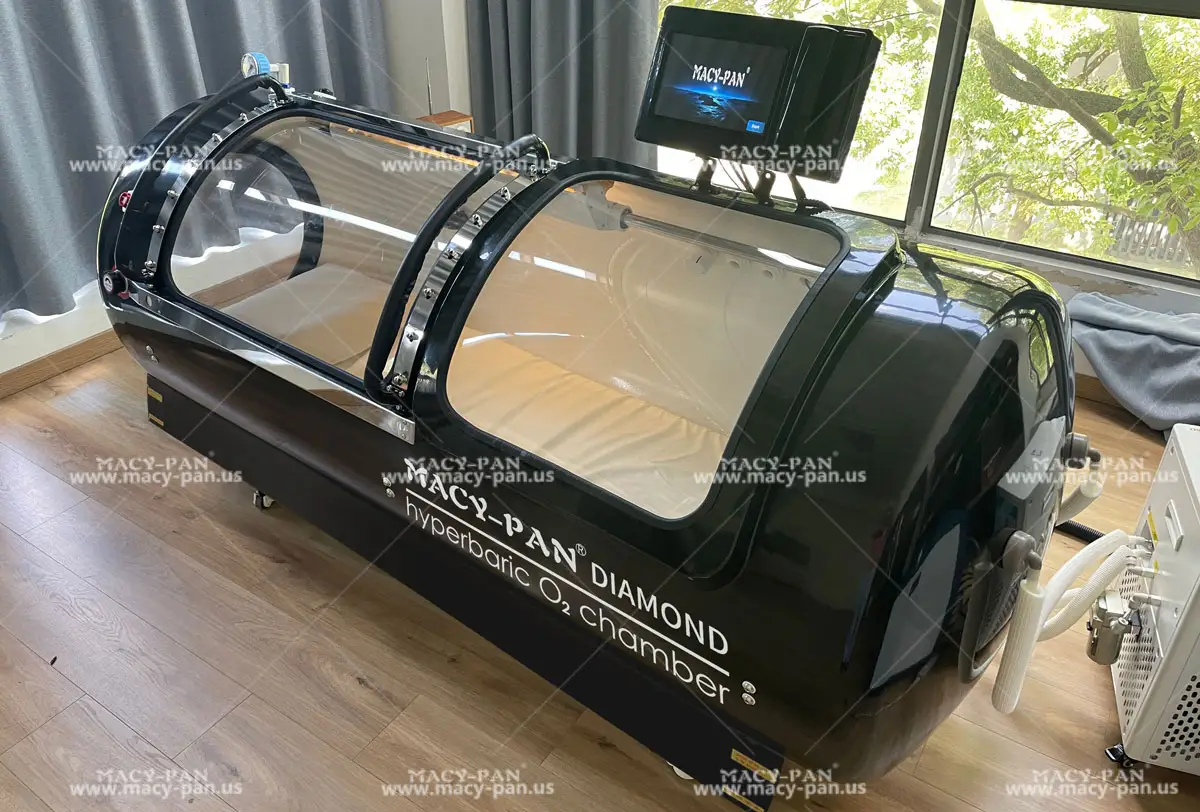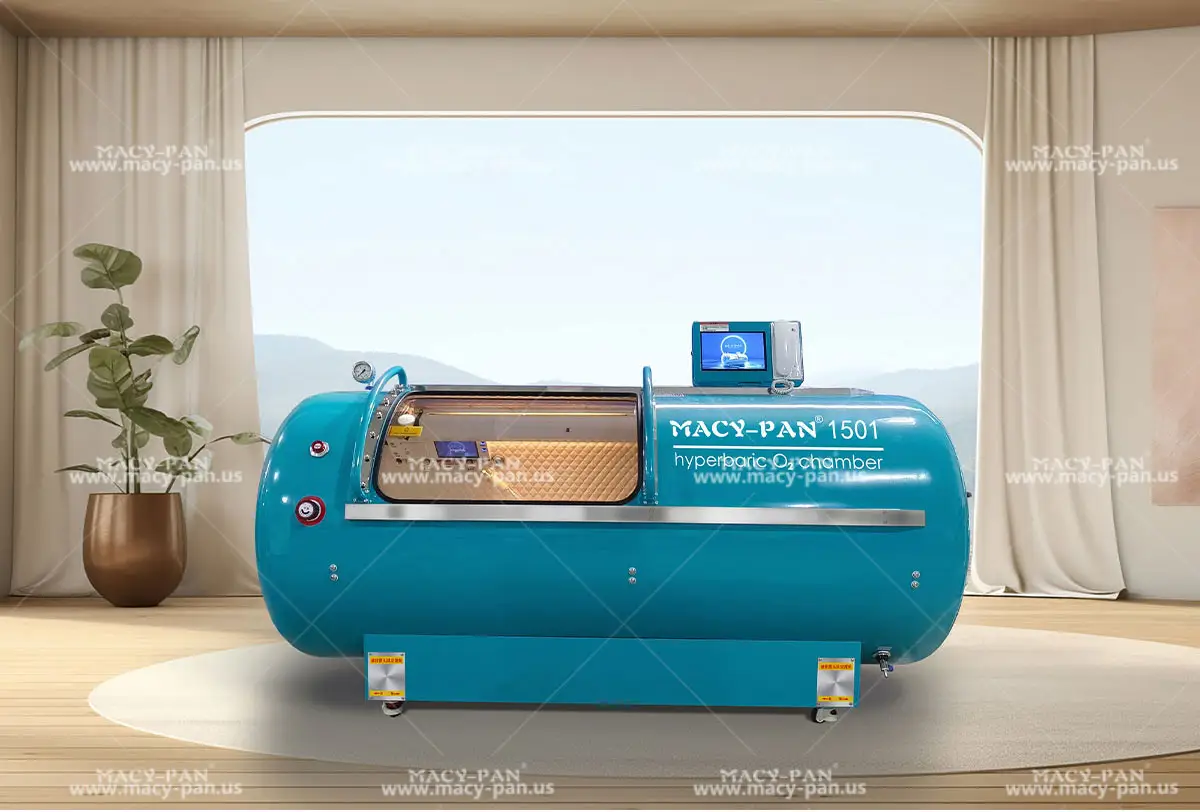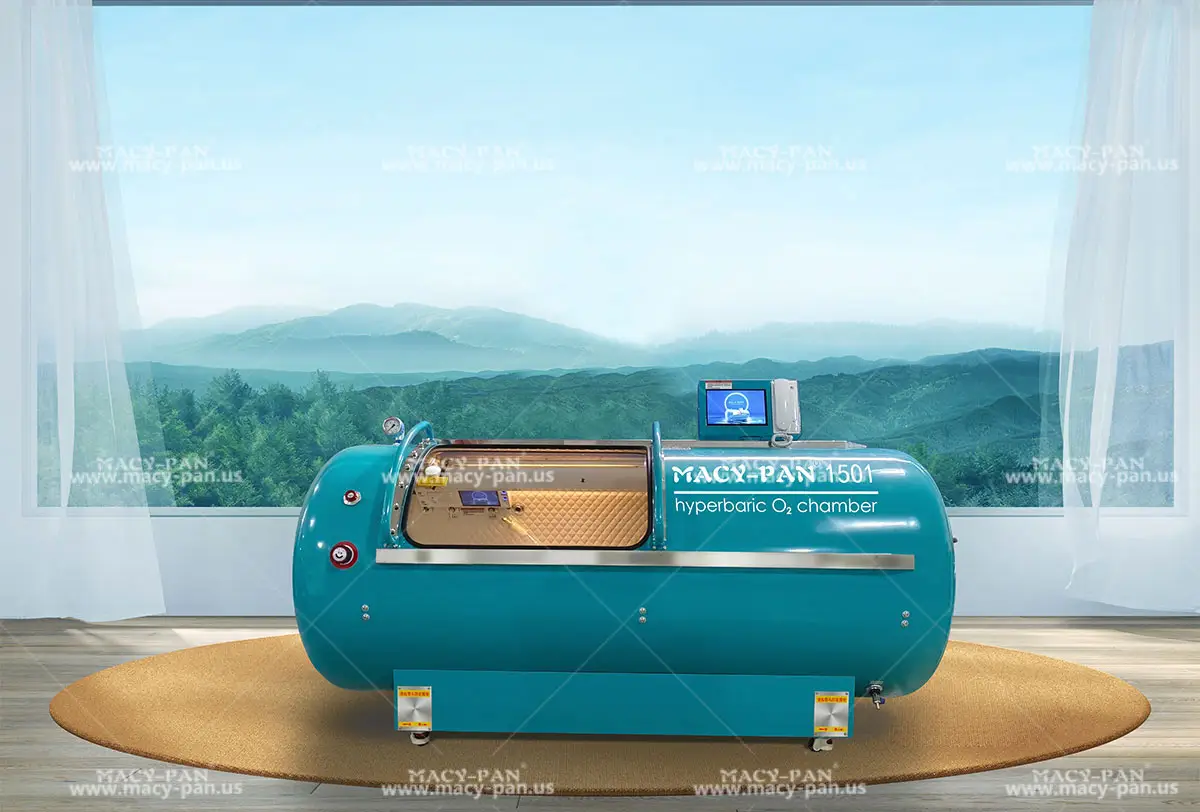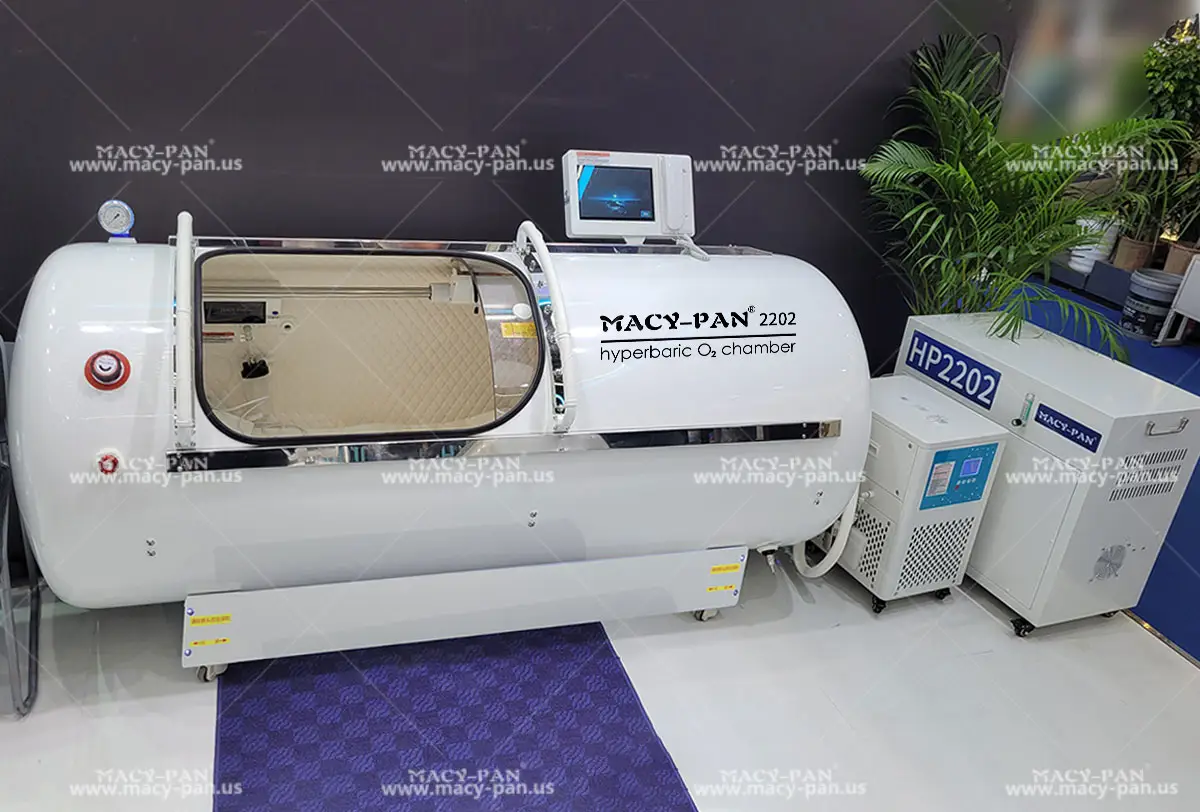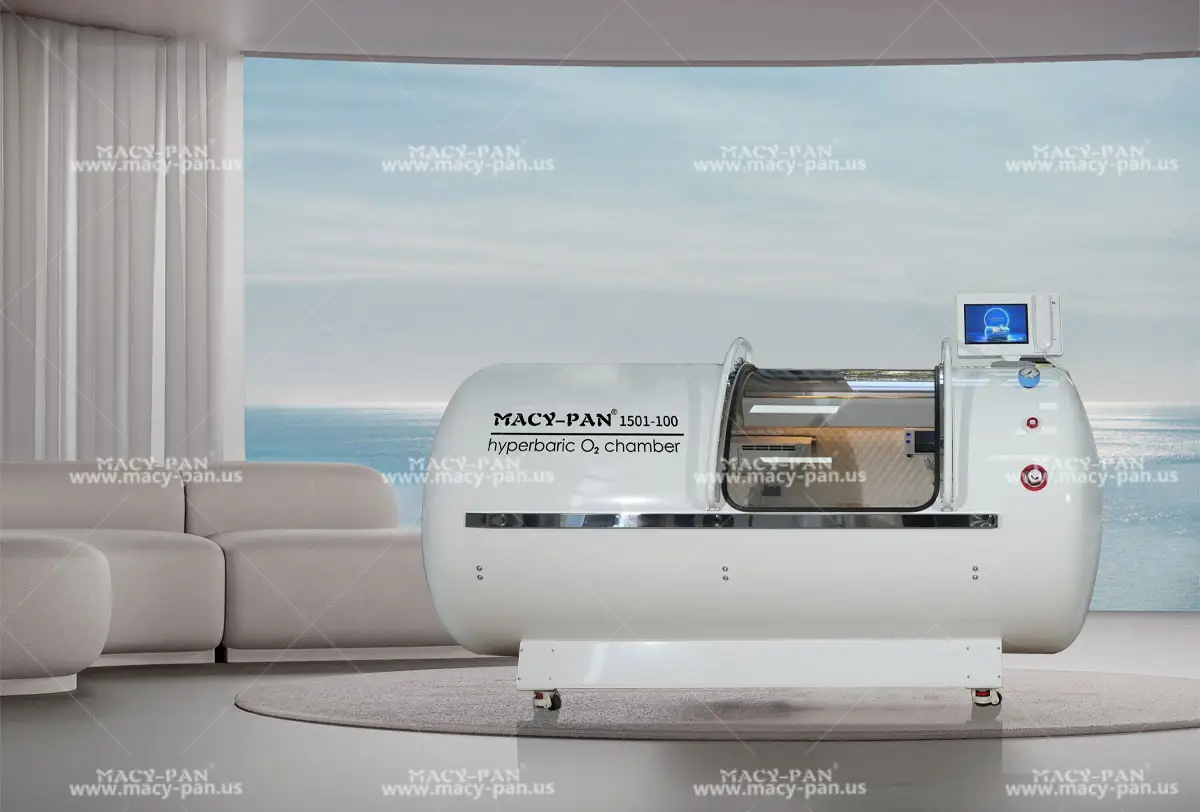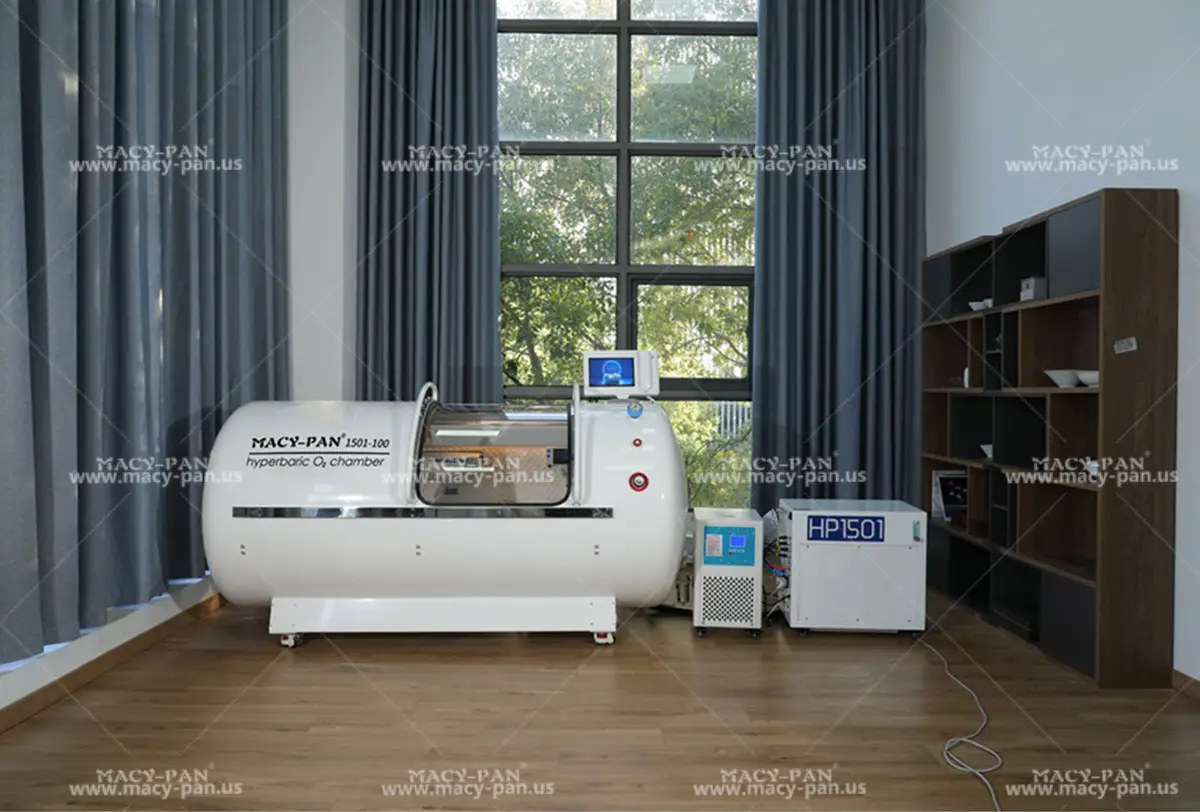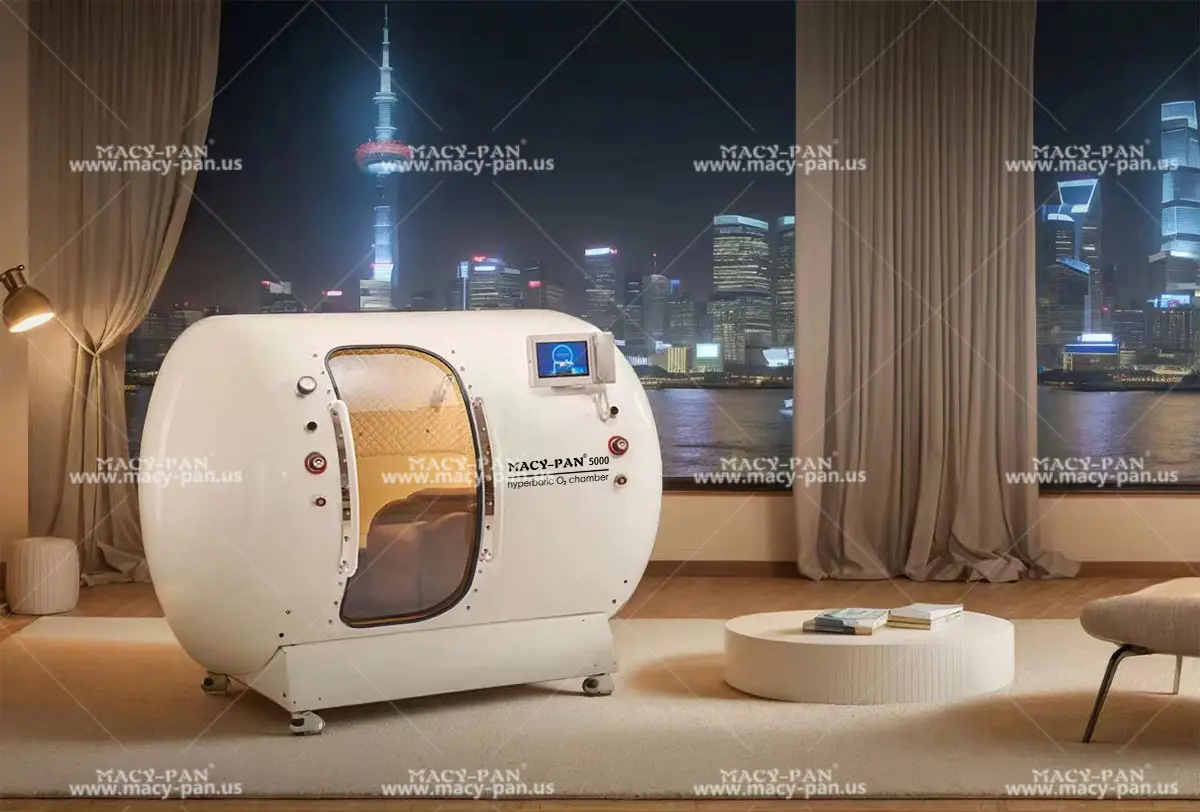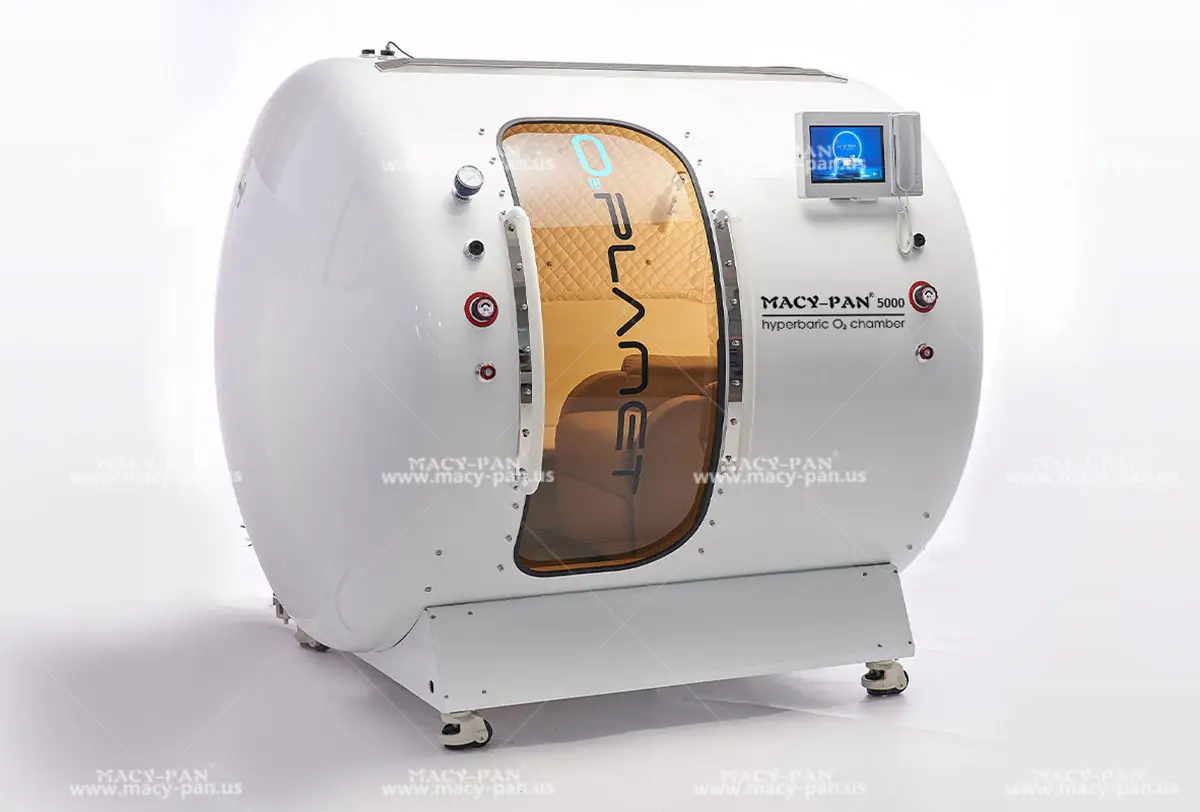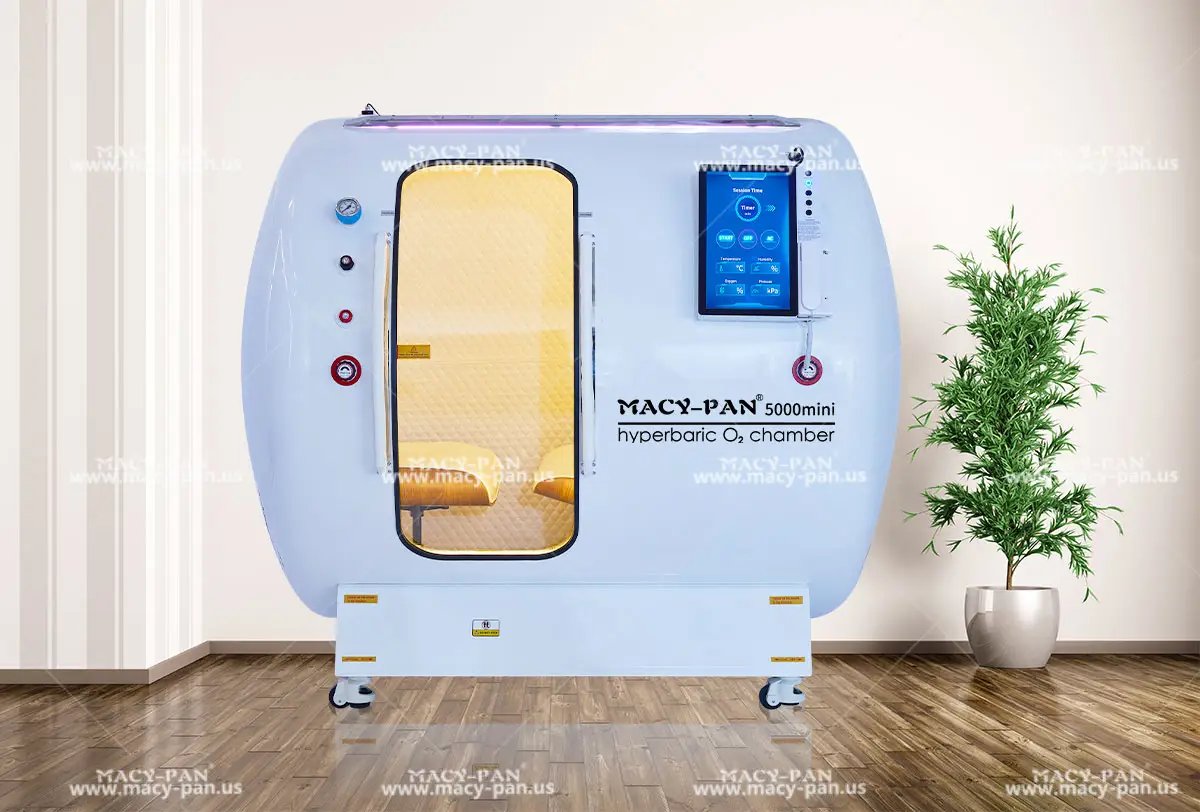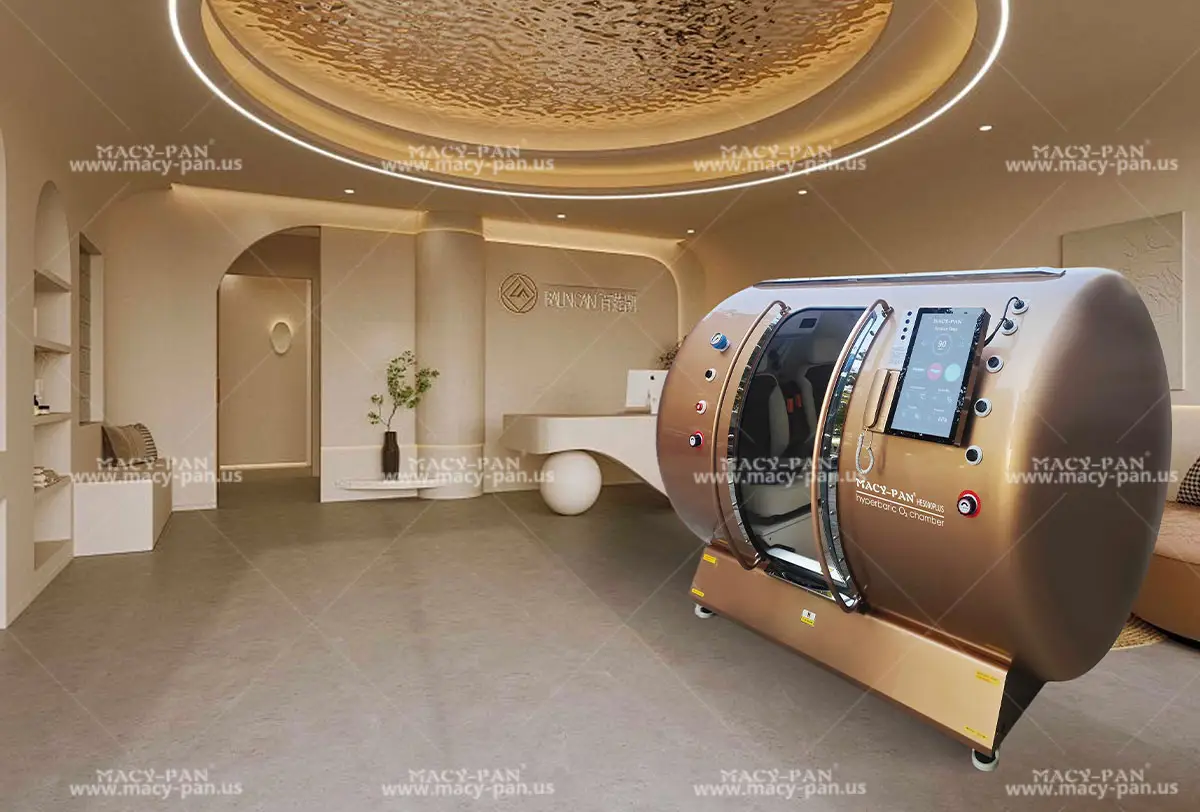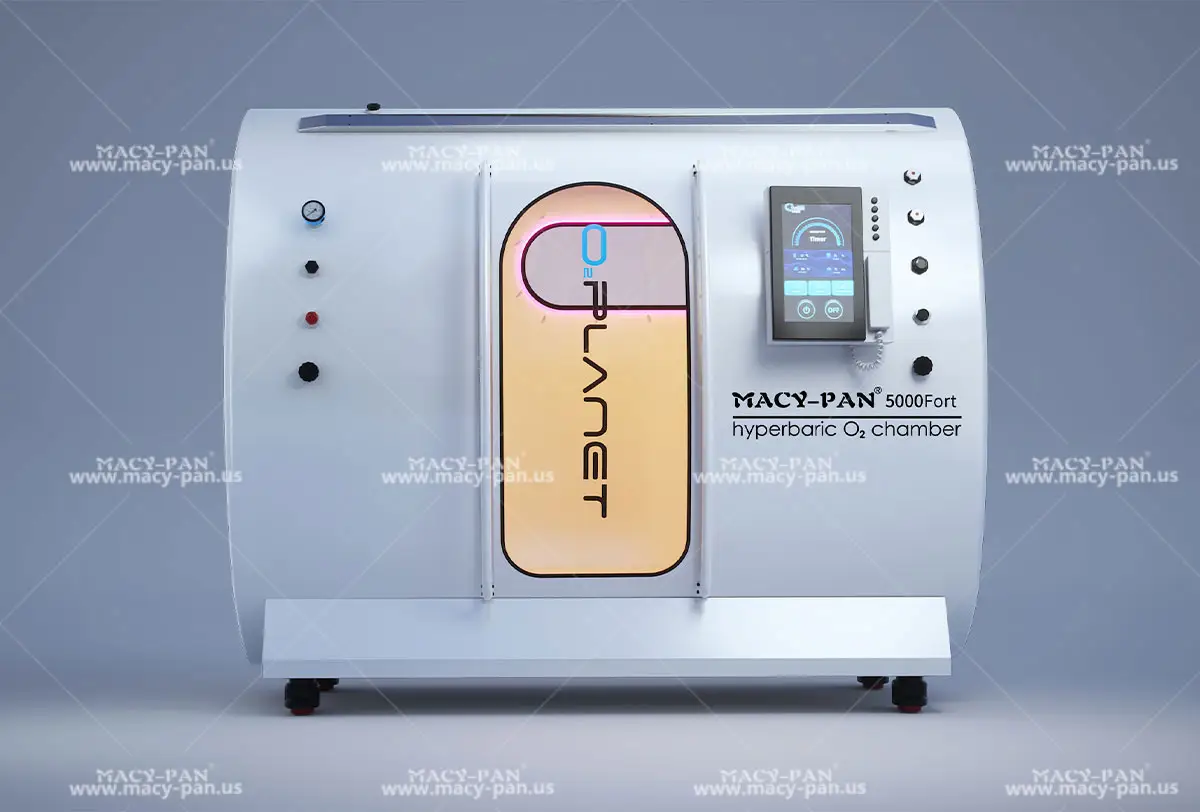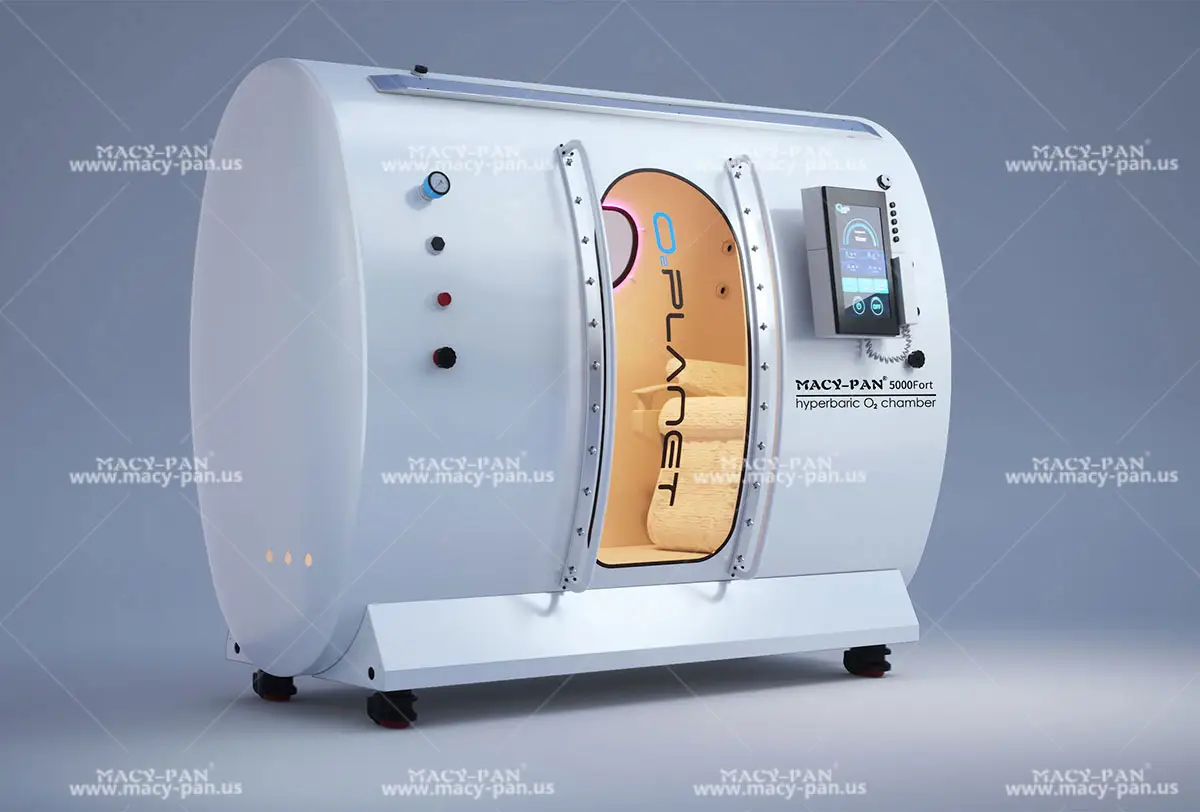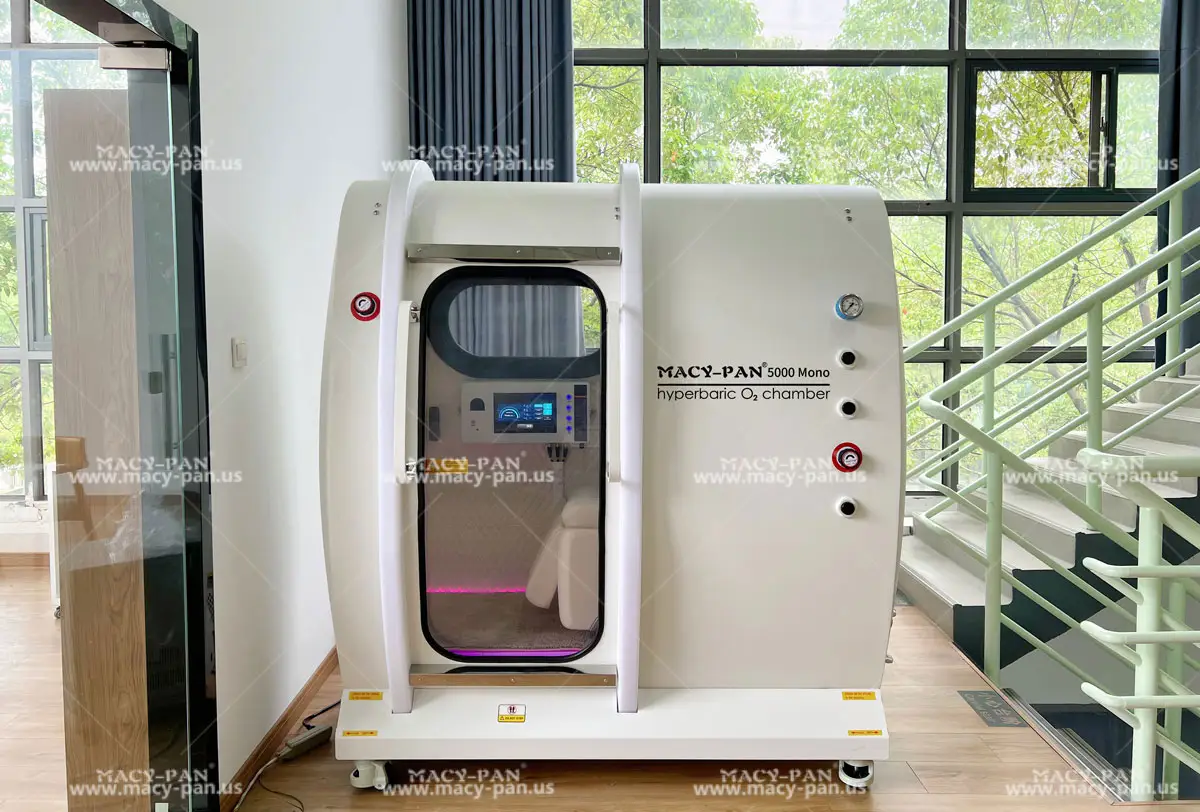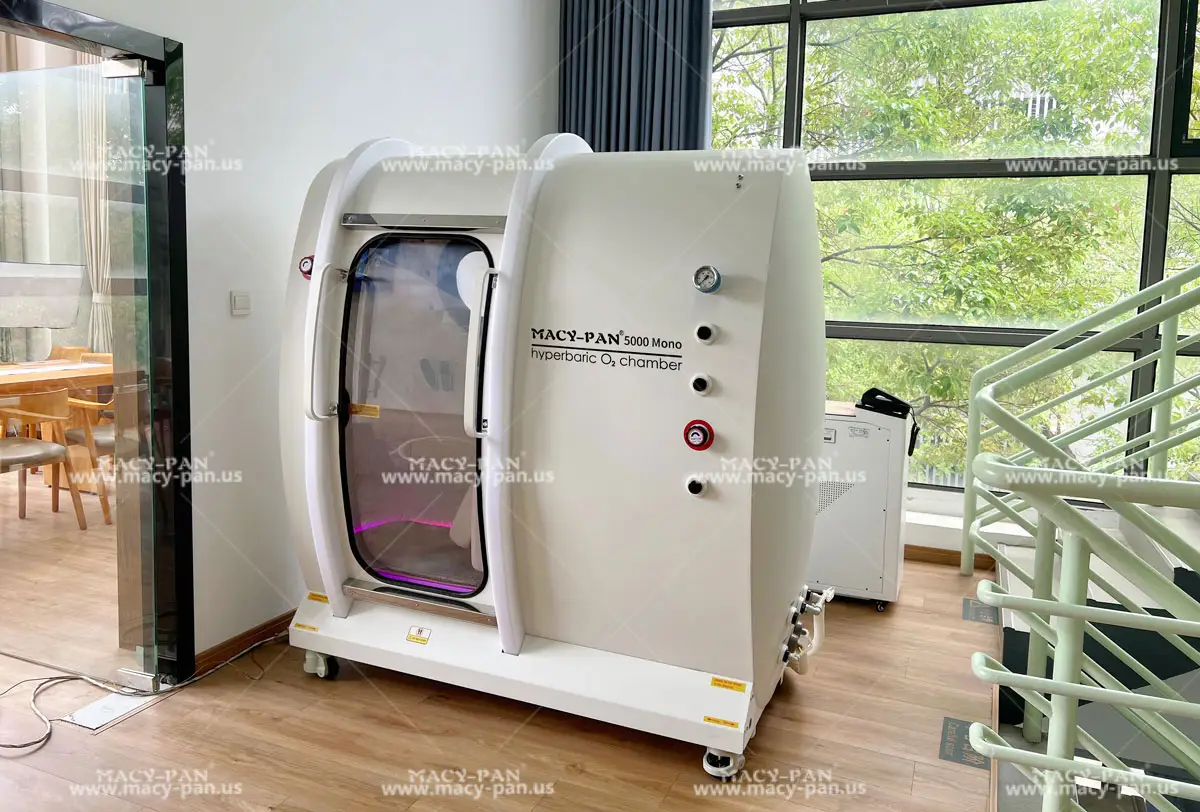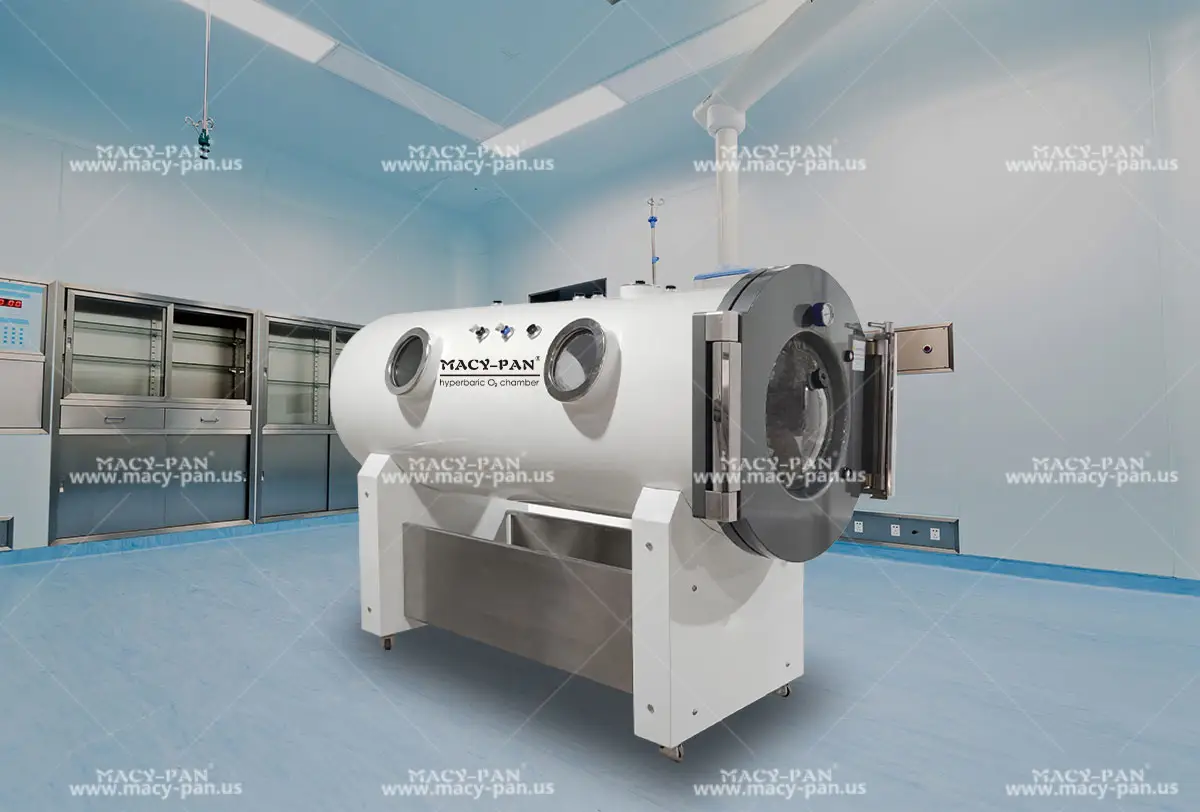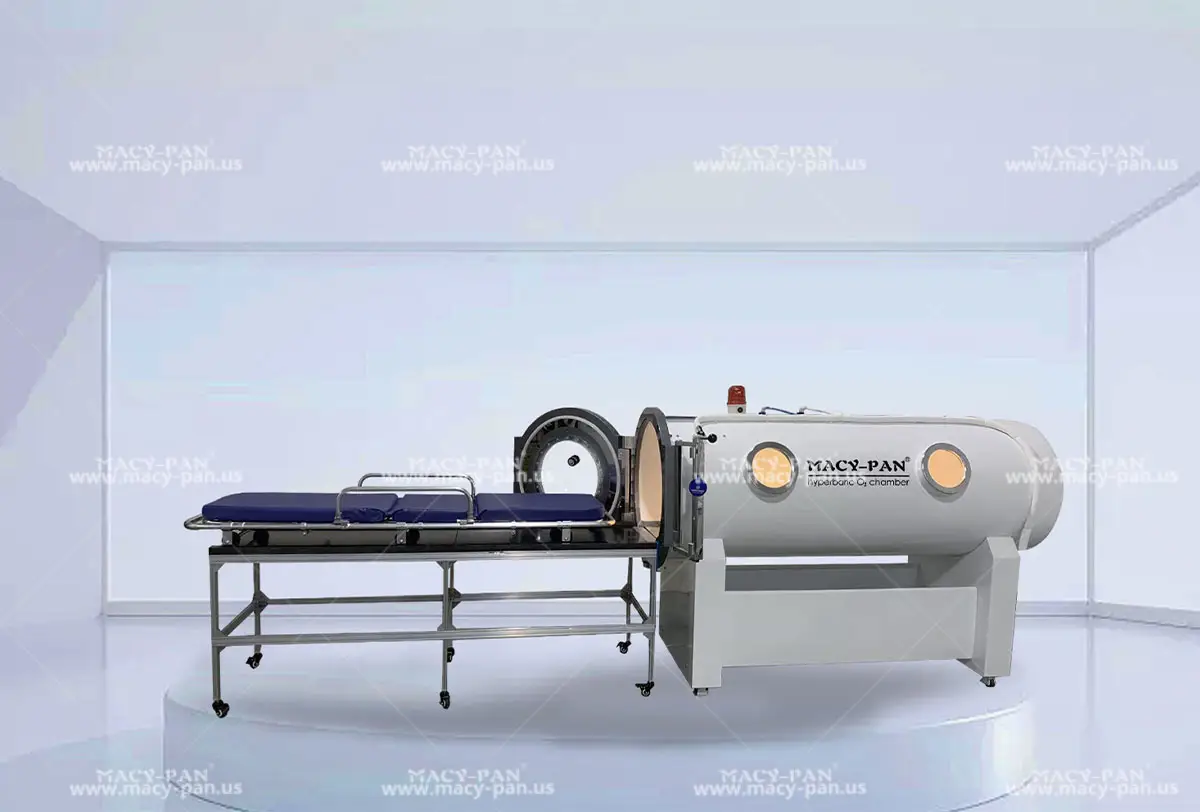From Botched to Healed: Hyperbaric Oxygen Therapy Aids Recovery from Cosmetic Procedure Complications
2025-10-31Editor's Recommendation:
Hyperbaric oxygen therapy (HBOT) demonstrates significant efficacy in addressing aesthetic procedure complications such as tissue necrosis and refractory wounds, providing robust support for both functional and cosmetic recovery. By elevating blood oxygen partial pressure, HBOT effectively ameliorates ischemic and hypoxic conditions, ensuring adequate oxygen supply to damaged tissues. This promotes fibroblast proliferation and collagen synthesis, accelerating wound healing. Additionally, HBOT reduces inflammatory responses, suppresses bacterial growth, and mitigates infection risks.
The following article is sourced from Changhang Shenkang Society, authored by Qin Jing.
Since ancient times, the pursuit of beauty has been a universal desire. Cosmetic procedures have now become a trend, but what happens when beauty treatments go wrong? Recently, our department treated a patient who developed vascular occlusion following improper hyaluronic acid injection for nose augmentation. Diagnosed with post-filler vascular obstruction, the patient underwent hyperbaric oxygen therapy (HBOT) at 2.0 ATA once daily, combined with anti-infection medication. After 10 sessions, the patient fully recovered.
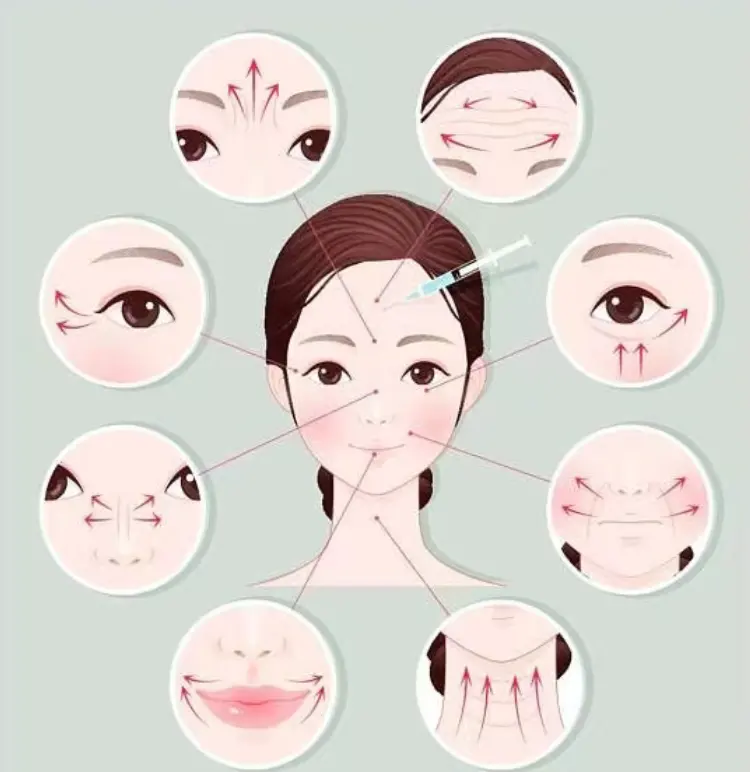
What Is Vascular Occlusion?
Vascular occlusion most commonly manifests as intravascular embolism, characterized by pain, burning sensations, tissue induration, delayed capillary refill, bluish or grayish discoloration, and pallor in the affected area. Glashofer et al. classified filler injection adverse reactions into two categories: early and delayed. Early effects include bruising, swelling, erythema at the injection site, allergic reactions, and vascular damage. Delayed complications may involve infections, granuloma formation, and biofilm development.

Mechanisms of Hyperbaric Oxygen Therapy
1、Enhanced Oxygen Delivery
HBOT rapidly increases arterial oxygen content and partial pressure, extending oxygen diffusion distance. This alleviates hypoxia in soft tissues, restores aerobic metabolism, and boosts cellular energy production—critical for preventing ischemic tissue necrosis and supporting post-procedure recovery.
2、Reduced Edema and Improved Microcirculation
HBOT induces vasoconstriction while minimizing vascular leakage, alleviating tissue swelling and relieving pressure on local circulation. This mechanism effectively addresses post-operative edema, accelerating wound healing and rehabilitation.
3、Anti-inflammatory and Immunomodulatory Effects
By inhibiting neutrophil adhesion, HBOT controls inflammatory responses. For patients experiencing immune reactions or inflammation due to trauma or implants, this action mitigates adverse responses—such as hyaluronic acid allergies—and reduces post-operative complications.
Complications from facial cosmetic procedures can be devastating, with risks of vascular occlusion and skin infections. These cases demand swift and effective intervention. HBOT demonstrates time-dependent efficacy—the earlier the treatment, the better the outcomes.
The desire for beauty is innate; let Hyperbaric Oxygen Therapy safeguard your journey to it!
Article source:Changhang Shenkang Society

Hey, I’m Macy-Pan
1# Hyperbaric Oxygen Chamber Manufacturer in China. 18 years of industry experience. 126 countries and regions reached



